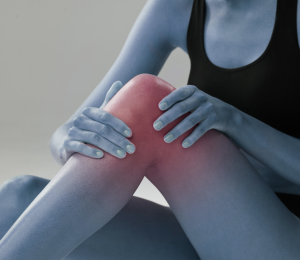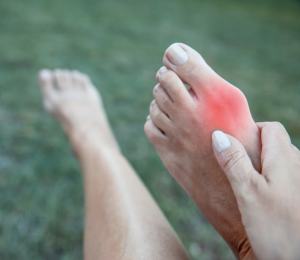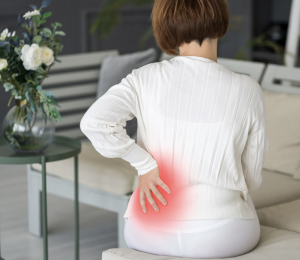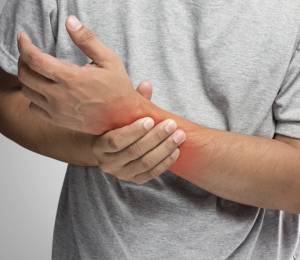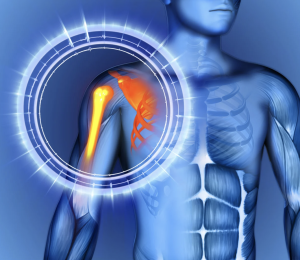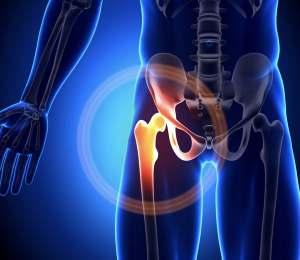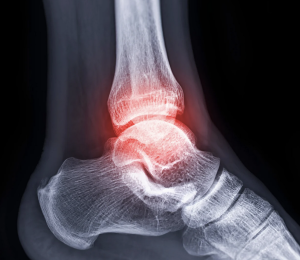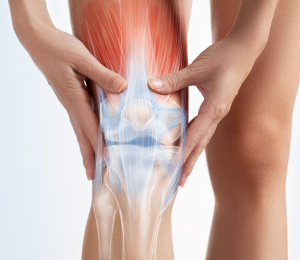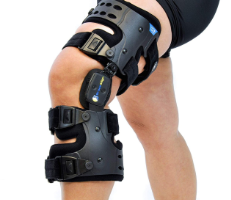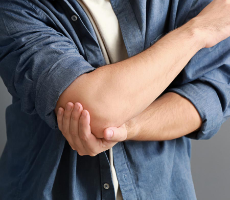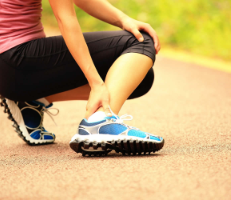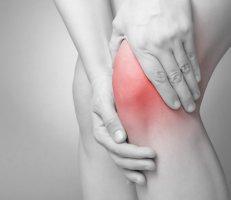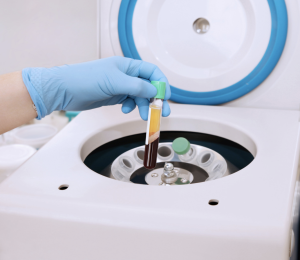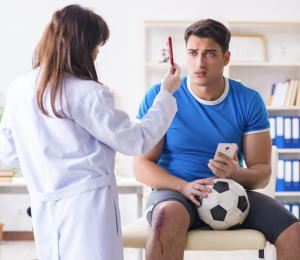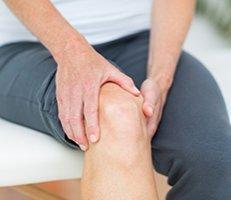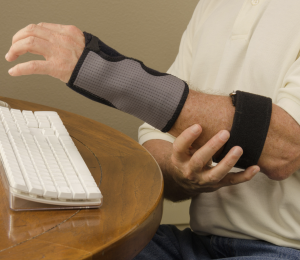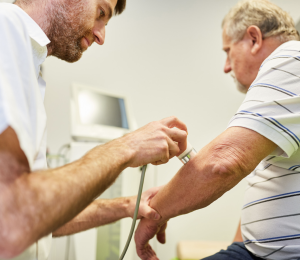What are Bunions?
Bunions are painful, bony bumps that develop at the joint of the big toe when bones move out of proper alignment.
This type of foot deformity develops gradually, often due to wearing tight-fitting shoes. The excess pressure on your big toe causes it to bend out of shape and move toward the second toe.
A bunion begins small but once it becomes severe, you may experience difficulty walking or wearing shoes. Untreated bunions can also result in the second toe moving out of alignment, bending toward the third toe.
What Causes a Bunion?
In addition to wearing shoes that are too tight, you can be at increased risk for developing a bunion if you have an inflammatory disease, such as rheumatoid arthritis, that can affect your toe joints.
You can also develop a bunion due to your family history or the natural structure of your foot.
How is a Bunion Diagnosed?
To confirm that the deformity of your toe joint is a bunion, your Commonwealth Orthopaedic Associates physician performs a physical examination of your affected foot, evaluating your range of motion and level of pain.
You may need to undergo imaging tests, such as X-rays, to get a better look at the structure of your toe joint and assess the progression of the condition.
What Treatments are Available for Bunions?
Initially, your Commonwealth Orthopaedic Associates physician may recommend changes to your footwear to ensure your toes aren’t constantly under pressure. You may also benefit from using cushioning products in your shoes to prevent pain and difficulties walking.
Orthotic devices can reduce pressure on an existing bunion to prevent a worsening of the condition.
If a bunion is so severe that it limits your mobility, your physician may recommend surgery to correct misaligned bones and repair the toe joint. There are several surgical techniques available to effectively treat a bunion, including same-day, minimally invasive procedures.
Your physician monitors the progression of your bunion before recommending surgery and works closely with you to ensure your pain and walking difficulties aren’t interfering with your life.
Learn more about nonsurgical and surgical treatment options for bunions by calling the office today or booking a consultation online.


